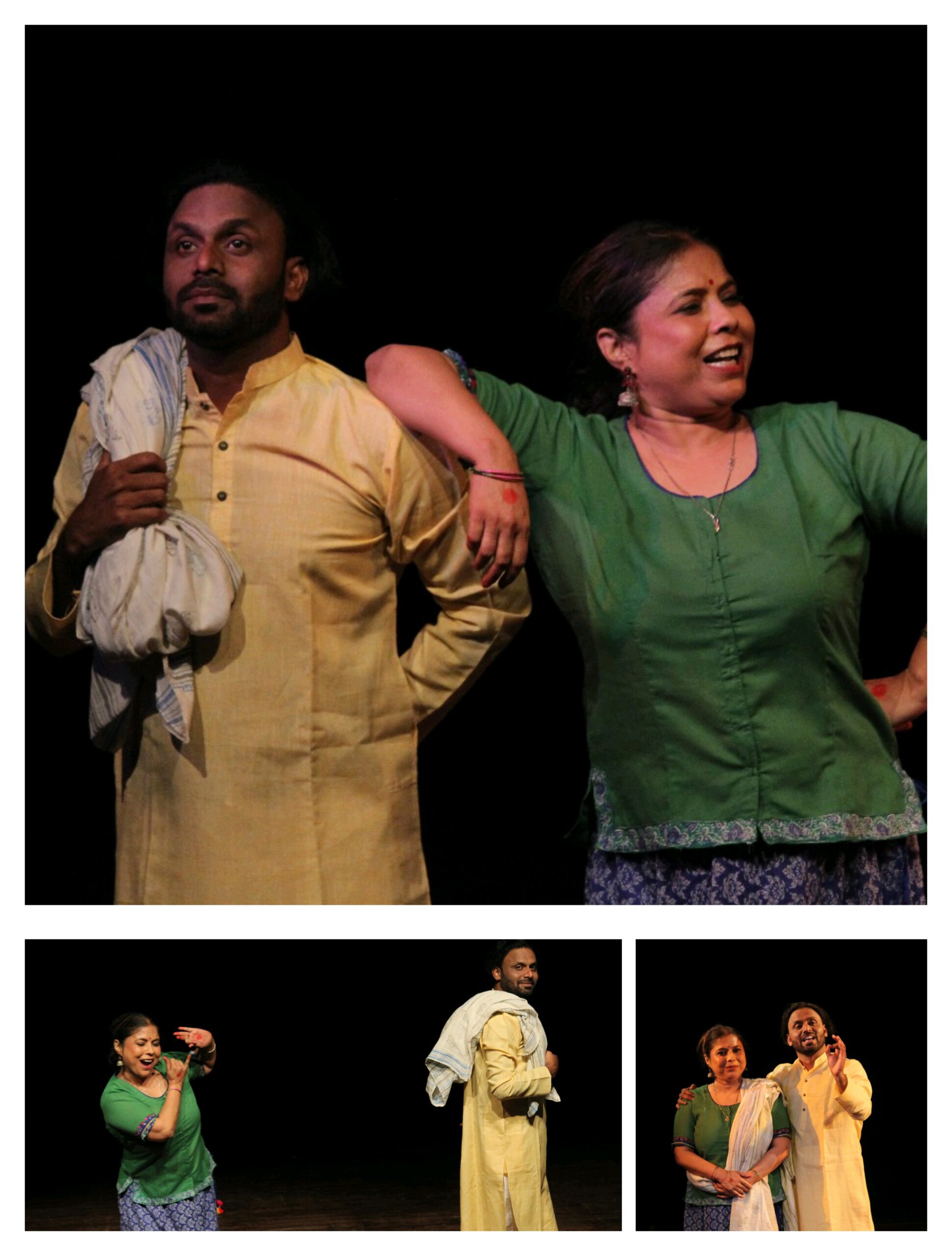“पछ्याण”: A Vivid Exploration of Identity Through the Art of Uttarakhand

Held from May 19 to 22, 2025, at Kala Sankul, Sanskar Bharati’s esteemed cultural centre in New Delhi, the group art exhibition “पछ्याण” (meaning identity) is a compelling tribute to the artistic spirit of Uttarakhand. Organized by the Rangeet Art Centre, Haldwani (Nainital), the exhibition aims to give national visibility to the region’s artists—both emerging and established.
This thoughtfully curated event showcases contemporary artworks that are deeply rooted in the cultural soil of Uttarakhand. It presents a striking fusion of folk traditions and modern expression, offering viewers a fresh perspective on the region’s identity, struggles, and everyday beauty.
The inaugural event was attended by notable figures including Shri Ashok Tiwari (Central Executive Member & Secretary, Sanskar Bharati), Shri Digvijay Pandey (Manager, Kala Sankul), Shri Himanshu Dabral (Programme Coordinator, Lalit Kala Akademi), and senior artists Naval Kishore and Ajay Sameer, who lent their support and presence to the cause of regional art.
The artworks featured in पछ्याण reflect the landscapes, lifestyles, and layered emotions of mountain life. From the role of women in society to the quiet resilience of remote communities, each canvas tells a story with nuance and sincerity. In some works, traditional folk art forms like Aipan are reimagined through a contemporary lens—bridging past and present in powerful visual narratives.
The exhibition includes works by a diverse group of artists:
Tshering Negi, Priyoum Talukdar, Kusum Pandey, Papil Manna, Maninder Singh, Shanu Sharma, Chetan Joshi, Kaveesh Nabiyal, Ritika Bhatt, Dipanshu Dugtal, Khasti Palari, Riya Kabdal, and Archita Padiyar.
Despite their varied techniques and themes, what unites them is a shared commitment to giving voice to Uttarakhand’s cultural heritage.
Located in the heart of Delhi, Kala Sankul is more than just a gallery—it is a dynamic space for artistic exchange rooted in Indian knowledge traditions. The venue regularly hosts panel discussions, performances, and cultural programs, making it an ideal platform for showcasing regional creativity on a national stage.
In essence,पछ्याण is not merely an art exhibition—it is a cultural statement. It reaffirms the idea that art, when grounded in identity and tradition, can transcend regional boundaries and speak to a larger collective consciousness.










